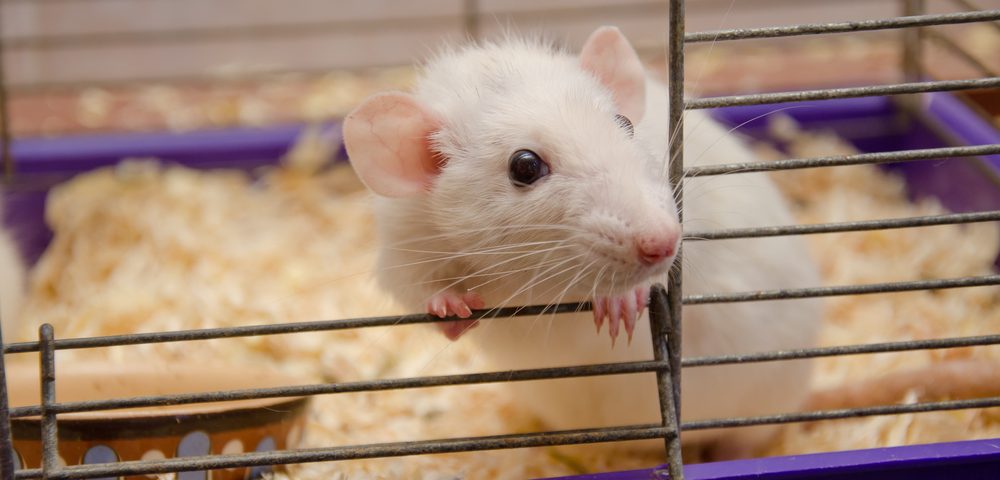The combination therapy of dexamethasone and ruxolitinib was more effective at reducing signs of systemic inflammation in a mouse model of hemophagocytic lymphohistiocytosis (HLH) than either medication alone, a preclinical study shows.
Those findings were presented by Kim Nichols, MD, director of the Cancer Predisposition Division at St. Jude Children’s Research Hospital, in the oral presentation, “The Combination of Dexamethasone and Ruxolitinib Synergistically Attenuates Disease Manifestations in a Preclinical Model of Hemophagocytic Lymphohistiocytosis,” at the 2019 American Society of Hematology (ASH) Annual Meeting in Orlando, Florida (Dec. 7–10).
HLH is a disease characterized by excessive inflammation and organ damage due to an overactivation of the immune system.
First-line treatment for those with HLH usually consists of a combination therapy of dexamethasone (a corticosteroid) to reduce tissue inflammation, with the chemotherapy agent etoposide to lower the levels of overactive immune cells. However, many HLH patients receiving this combo fail to respond to treatment, causing their five-year survival rates to fall (an approximate survival rate of 62%).
Scientists also know that immune cells from those with HLH produce abnormally large amounts of cytokines — molecules that mediate and regulate immune and inflammatory responses — that then activate signaling cascades involved in regulating the body’s immune response, including the JAK/STAT pathway.
“[T]he JAK1/2 inhibitor ruxolitinib (RUX) has shown efficacy in murine models of HLH and in clinical case reports of refractory HLH. Importantly, JAK/STAT signaling has been shown in other disease contexts to induce DEX [dexamethasone] resistance,” the researchers wrote.
“We therefore hypothesized that cytokine-mediated JAK/STAT signaling might contribute to DEX resistance in HLH, and that this could be overcome by combination treatment with RUX,” they added.
To test their hypothesis, the team divided animals with HLH into four treatment groups: one was treated with the dexamethasone-ruxolitinib combo, others with each therapy separately, and one with a vehicle solution (control group). Researchers then examined all the mice for any signs of HLH.
Results showed the animals that received the combo treatment had: fewer signs of systemic inflammation associated with HLH, smaller spleens, lower numbers of inflammatory cells, and lower levels of circulating cytokines, compared to animals treated with each therapy individually or to controls.
To investigate the mechanism underlying the animals’ responses to treatment, investigators performed a series of experiments in mouse and human immune cells cultured in a lab dish.
These experiments revealed that two cytokines associated with HLH and involved in JAK/STAT signaling — interleukin-2 (IL-2) and interleukin-12 (IL-12) — render immune cells resistant to dexamethasone treatment. Moreover, researchers discovered that ruxolitinib diminished this effect, and seemed to boost the action of dexamethasone, leading to the elimination of overactive immune cells.
“Taken together, this study reveals a mechanism of cytokine-mediated DEX resistance in HLH, and provides rationale for combining DEX and RUX as a means to augment DEX sensitivity and improve clinical outcomes for patients with HLH,” the researchers wrote.
These findings, according to a St. Jude’s press release, also lay the foundation for an upcoming clinical trial testing the effects of this combination therapy in newly-diagnosed children with relapsed/refractory HLH.

